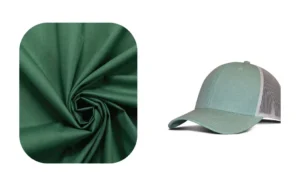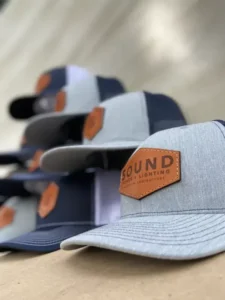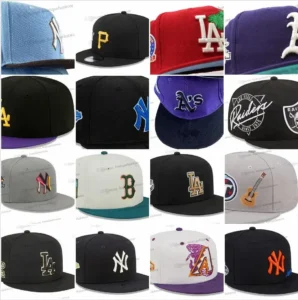When the sun is blazing and the temperature soars, choosing the right hat can make all the difference between a comfortable day outdoors and a sweaty, uncomfortable one. But what exactly makes a hat ideal for hot weather? The perfect hot weather hat is breathable, lightweight, provides effective sun protection, and feels comfortable for long wear. Hats made from natural, breathable fabrics with wide brims and moisture-wicking features are typically the best choices for heat and sun exposure. Imagine walking on a summer trail or strolling through a busy street market with a hat that not only shields your skin but also keeps your head cool — that’s the magic of the right design. Let’s dive deeper into the science and style behind the best hats for hot weather, helping you make the smartest choice for both function and fashion.
1. What are the key features to look for in a hot weather hat?
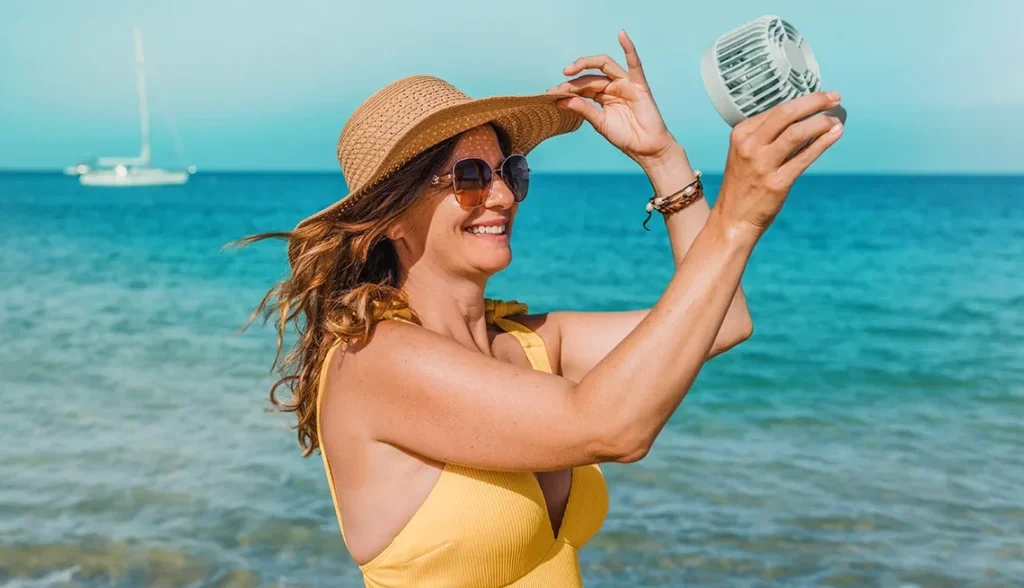
The best hot weather hats are lightweight, breathable, moisture-wicking, and provide ample sun protection, ensuring comfort and skin safety in the heat.
- Breathability: Good airflow prevents overheating. Hats with mesh panels or loosely woven fabrics allow heat to escape.
- Lightweight Construction: Heavy hats trap heat. Materials like straw or lightweight cotton help maintain comfort.
- Sun Protection: Wide brims or UPF-rated fabrics shield the face, neck, and ears from harmful UV rays.
- Moisture Management: Sweat-wicking linings or bands keep sweat away from your skin, reducing discomfort.
- Fit and Adjustability: Adjustable closures like snaps or straps ensure the hat stays secure without tightness.
- Durability and Maintenance: Hats should maintain shape and function even after sweat exposure and washing.
| Key Feature | Description | Example / Detail |
|---|---|---|
| Breathability | Allows good airflow to prevent overheating | Mesh panels, loosely woven fabrics |
| Lightweight | Avoids trapping heat, keeps comfort in high temperatures | Straw, lightweight cotton |
| Sun Protection | Shields face, neck, and ears from UV rays | Wide brims, UPF-rated fabrics |
| Moisture Management | Sweat-wicking linings or bands reduce discomfort by keeping sweat off skin | Moisture-wicking sweatbands, linings |
| Fit and Adjustability | Ensures secure and comfortable fit without tightness | Adjustable snaps, straps |
| Durability & Maintenance | Maintains shape and function after sweat exposure and washing | Quality materials and construction |
By considering these features, consumers can select hats tailored to their specific outdoor needs, whether hiking, gardening, or attending festivals. For example, a wide-brim straw hat with a ventilated crown and a moisture-wicking sweatband hits most of these points perfectly.
2. Which materials provide the best breathability and sun protection?
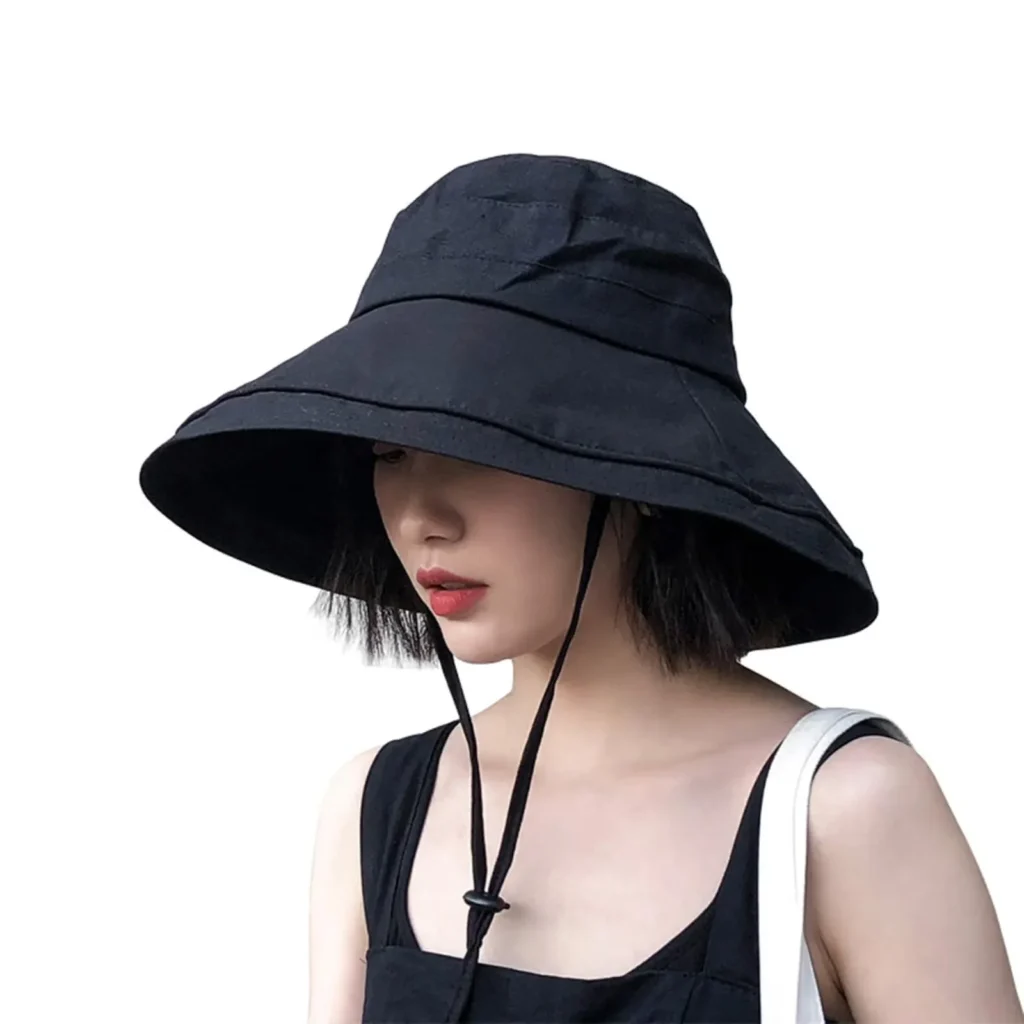
Natural fibers like cotton and straw offer superior breathability and UV protection, while advanced synthetic fabrics can combine moisture-wicking with sun-blocking properties.
- Cotton: Soft, breathable, and lightweight; cotton hats are popular for casual wear. However, cotton alone may not offer strong UV protection without treatments.
- Straw: A classic choice for summer hats, straw is highly breathable due to its woven structure but varies in UV blocking depending on weave density.
- Polyester and Nylon: Modern synthetics can be engineered for UV protection and moisture management, often used in sports hats.
- Blends and Coated Fabrics: Some hats use blends of natural and synthetic fibers or special coatings to increase sun protection while maintaining comfort.
| Material | Breathability | Sun Protection | Notes |
|---|---|---|---|
| Cotton | Soft and breathable | Moderate (needs treatment for UV) | Lightweight, popular for casual hats |
| Straw | Highly breathable (woven) | Varies by weave density | Classic summer material |
| Polyester & Nylon | Moderate to good (engineered) | High (often UV-protective) | Common in sports hats, moisture-wicking |
| Blends & Coated | Balanced | Enhanced with coatings | Combines natural and synthetic advantages |
A critical perspective is how some synthetic materials, while offering great sun protection, can trap heat and reduce breathability, making them less comfortable in extreme heat. Conversely, natural fibers are cool but might degrade faster under heavy sun exposure. Consumers should balance protection and comfort depending on their activity.
3. How do different hat styles affect comfort in high temperatures?

Styles like wide-brimmed sun hats, bucket hats, and ventilated caps each offer distinct advantages in heat management and sun protection.
- Wide-brim Hats: Offer maximum shade, covering face, neck, and shoulders. Ideal for prolonged sun exposure but can be bulky for active sports.
- Bucket Hats: Compact and often made with breathable fabrics; provide moderate shade and are popular for casual outdoor use.
- Baseball Caps: Lightweight and easy to wear, but limited sun protection for ears and neck. Ventilation holes can improve breathability.
- Visors: Keep the face shaded but leave the top of the head exposed, which may cause overheating.
- Booney Hats: Designed with wide brims and ventilation; favored by hikers and military personnel for sun and heat management.
| Hat Style | Comfort Features | Sun Protection | Best Use Case |
|---|---|---|---|
| Wide-brim Hats | Maximum shade, covers face, neck, shoulders | Excellent (max coverage) | Prolonged sun exposure, gardening |
| Bucket Hats | Compact, breathable fabrics | Moderate | Casual outdoor activities |
| Baseball Caps | Lightweight, ventilation holes | Limited (face only) | Everyday wear, light outdoor activities |
| Visors | Face shaded, top of head exposed | Minimal (no crown coverage) | Sports, short sun exposure |
| Booney Hats | Wide brim with ventilation | Excellent | Hiking, military, heat management |
From a critical viewpoint, comfort is subjective and activity-dependent. A wide-brim hat may be perfect for gardening but impractical for running. Understanding your use case helps in selecting the best style for heat comfort without compromising protection.
4. Do wide brims really offer better sun protection than caps?
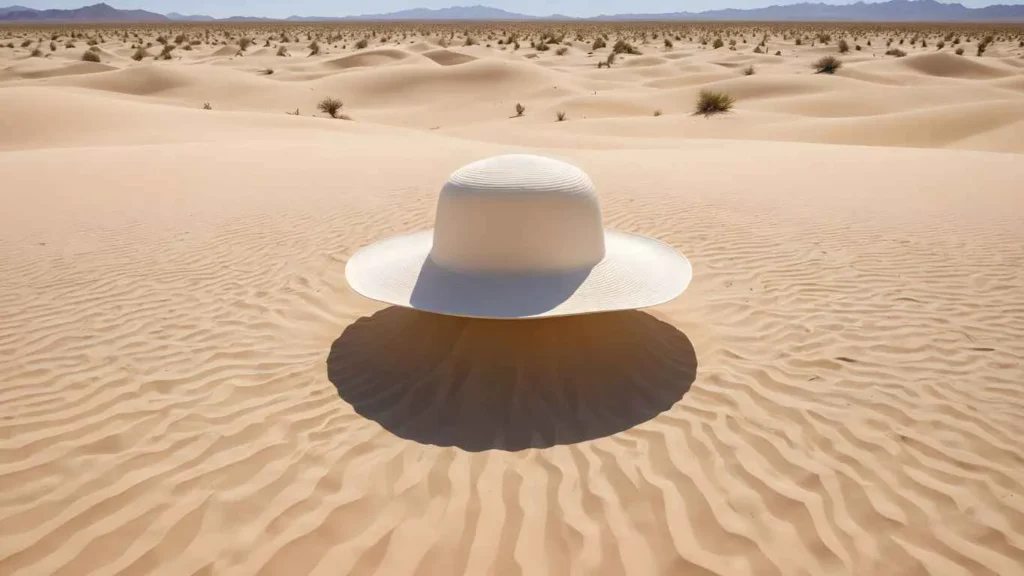
Yes, wide-brim hats provide more extensive coverage, shielding the face, neck, and ears, areas often missed by caps.
- Coverage Area: Wide brims block direct sunlight on multiple exposed areas, reducing UV exposure significantly.
- UPF Ratings: Some wide-brim hats come with certified Ultraviolet Protection Factor (UPF) ratings, guaranteeing sun defense.
- Limitations of Caps: While caps shield the face, they leave the neck and ears vulnerable to sunburn and UV damage.
- Behavioral Factors: People wearing wide-brim hats may also use sunscreen less frequently, relying on physical barrier protection.
| Aspect | Wide-Brim Hats | Caps |
|---|---|---|
| Coverage Area | Shields face, neck, and ears effectively | Only shields face; neck and ears exposed |
| UPF Ratings | Often come with certified UPF protection | Rarely have UPF ratings |
| Sun Protection | Significantly reduces UV exposure | Limited protection, higher UV risk |
| User Behavior | May rely more on physical protection, less sunscreen | Often paired with sunscreen for full coverage |
Data shows that broad-brim hats can reduce UV exposure by up to 50% compared to caps, making them preferable for long outdoor activities. However, caps are more convenient and versatile in style, so the choice often balances protection and personal preference.
5. Is moisture-wicking important in a hot weather hat?
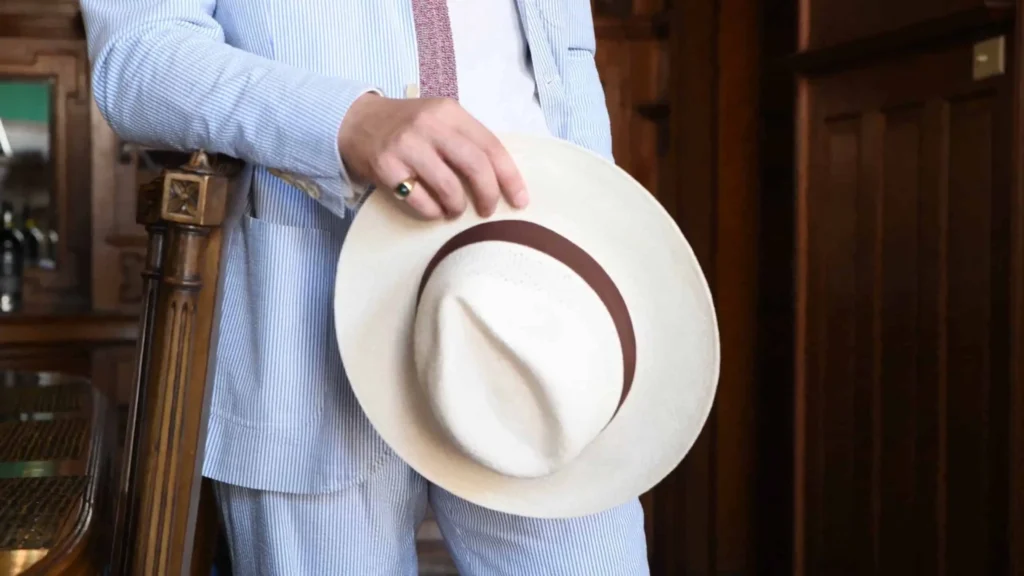
Absolutely, moisture-wicking features help keep sweat off the skin, enhancing comfort and reducing irritation during heat exposure.
- Sweat Evaporation: Moisture-wicking fabrics draw sweat away from the skin, accelerating evaporation and cooling.
- Comfort: Dryness inside the hat prevents chafing and unpleasant odors caused by bacterial growth.
- Performance: For athletes and outdoor workers, moisture control improves focus and reduces distractions.
- Technology: Materials like Coolmax or mesh linings are often integrated into hats for superior moisture control.
| Aspect | Description | Benefit |
|---|---|---|
| Sweat Evaporation | Moisture-wicking fabrics draw sweat away for faster drying | Enhances cooling and comfort |
| Comfort | Keeps hat interior dry, preventing chafing and odors | Improves wearability during heat |
| Performance | Supports focus by reducing sweat distractions | Ideal for athletes and outdoor workers |
| Technology | Use of Coolmax, mesh linings for moisture control | Advanced moisture management solutions |
Critically, not all moisture-wicking hats provide adequate ventilation. Some synthetic moisture-wicking hats trap heat, so the best designs combine both features to optimize cooling.
6. Are there eco-friendly hats suitable for hot climates?
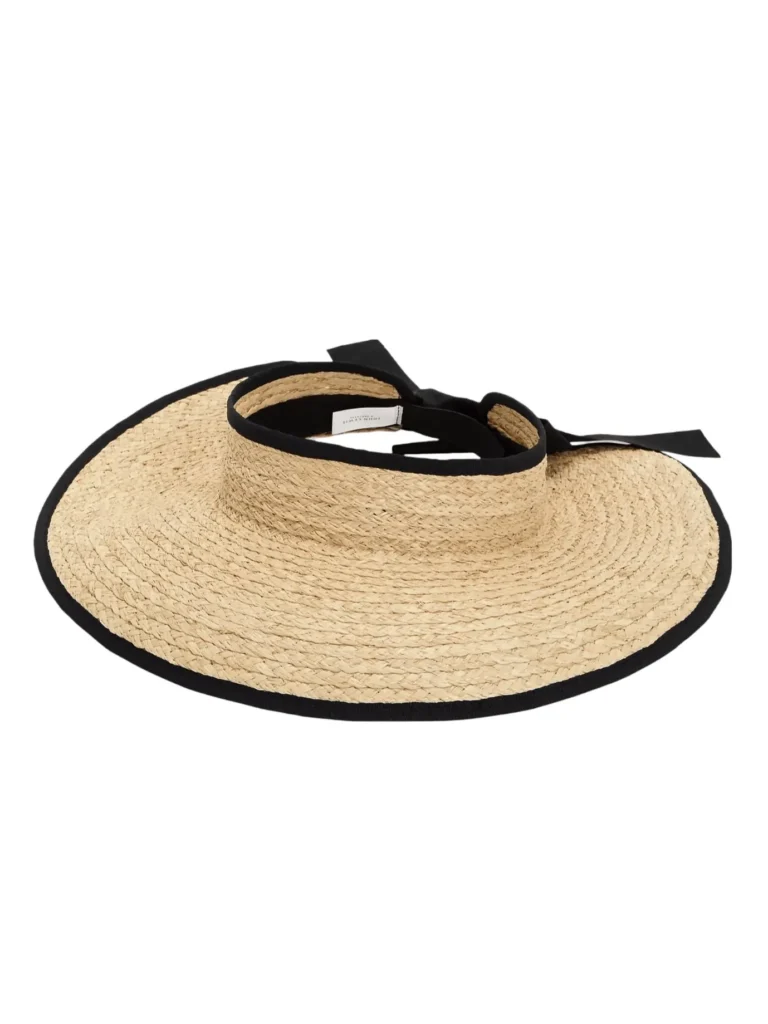
Yes, many brands now offer hats made from organic cotton, recycled straw, or biodegradable fabrics that balance sustainability with performance.
- Organic Cotton: Grown without pesticides, organic cotton hats reduce environmental impact and are breathable.
- Recycled Materials: Some hats incorporate recycled plastics or natural fibers, diverting waste from landfills.
- Biodegradable Fabrics: Innovations in hemp or bamboo fibers offer durability and breathability with low ecological footprint.
- Sustainable Manufacturing: Eco-friendly hats often come from factories committed to reduced water usage and fair labor practices.
| Eco-Friendly Material | Description | Benefits |
|---|---|---|
| Organic Cotton | Grown without pesticides; breathable | Lowers environmental impact |
| Recycled Materials | Incorporates recycled plastics or natural fibers | Diverts waste from landfills |
| Biodegradable Fabrics | Made from hemp, bamboo, or similar natural fibers | Durable, breathable, low ecological footprint |
| Sustainable Manufacturing | Factories with reduced water use and fair labor | Supports ethical and eco-conscious production |
A challenge remains in matching eco-friendly materials with durability and sun protection standards. Consumers must weigh their environmental values with functional needs, seeking products that don’t compromise on comfort or safety.
Conclusion
Choosing the best hat for hot weather involves balancing breathability, sun protection, moisture management, style, and sustainability. At Kinwin, we specialize in crafting high-quality hats tailored to these exact needs. Whether you want a wide-brimmed straw hat for garden parties or a moisture-wicking cap for sports, we offer custom solutions that combine durability, eco-friendly materials, and innovative designs.
Ready to keep cool and stylish this summer? Contact Kinwin today for personalized hat customization that fits your brand’s unique needs and ensures top performance in any heat. Let us help you bring your perfect hot weather hat to life!



